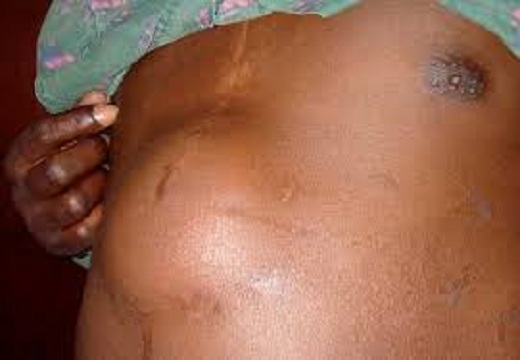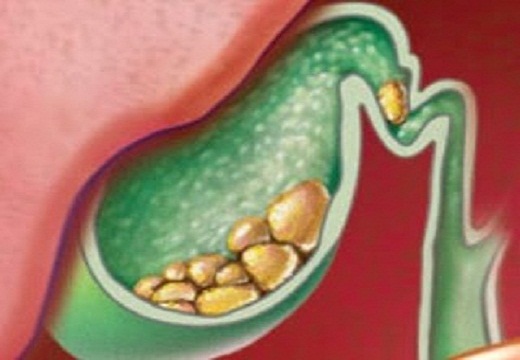
A hernia occurs when an organ pushes through an opening in the muscle or tissue that holds it in place. For example, the intestines may break through a weakened area in the abdominal wall. Many hernias occur in the abdomen between your chest and hips, but they can also appear in the upper thigh and groin areas.

The appendix is a narrow, finger-shaped pouch that projects out from the colon. Appendicitis occurs when the appendix becomes inflamed and filled with pus. Appendicitis is an inflammation of the appendix, a finger-shaped pouch that projects from your colon on the lower right side of your abdomen.

Cholelithiasis is the medical name for hard deposits (gallstones) that may form in the gallbladder. Cholelithiasis is common in the United States population. Six percent of adult men and 10% of adult women are affected.

The ovary is a ductless reproductive gland in which the female reproductive cells are produced. Females have a pair of ovaries, held by a membrane beside the uterus on each side of the lower abdomen. The ovary is needed in reproduction since it is responsible for producing the female reproductive cells, or ova.

A hysterectomy is the surgical removal of the uterus, and most likely, the cervix. Depending on the reason for the surgery, a hysterectomy may involve removing surrounding organs and tissues, such as the fallopian tubes and ovaries. The uterus is where a baby grows during pregnancy.